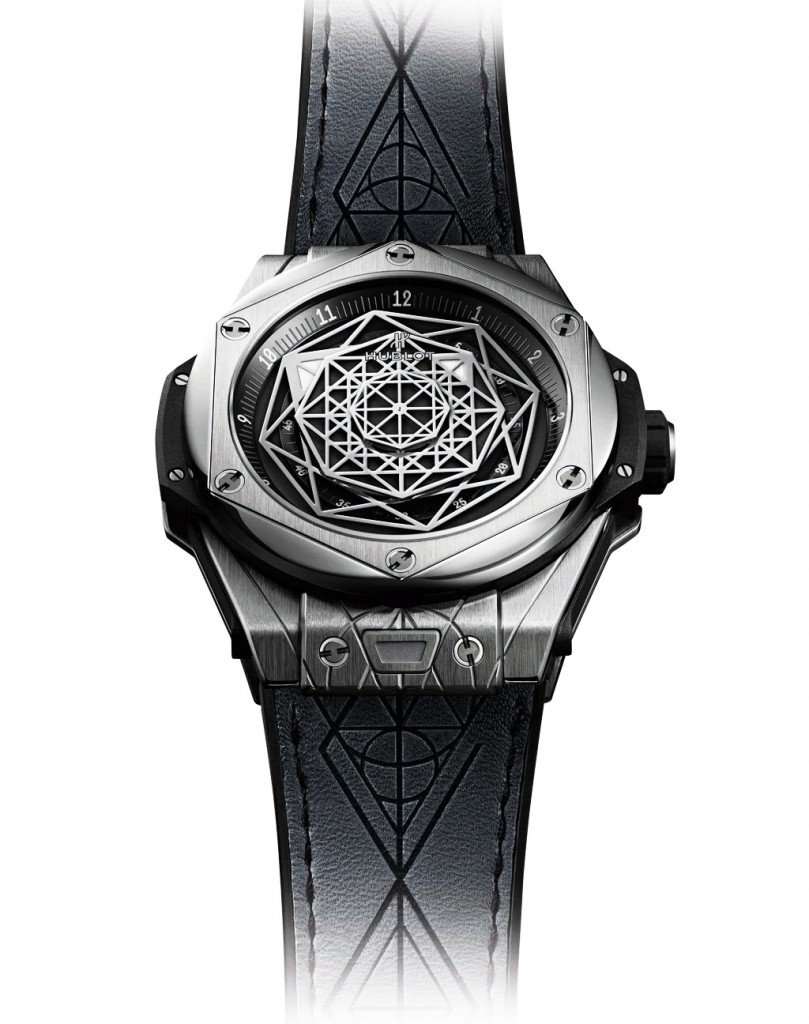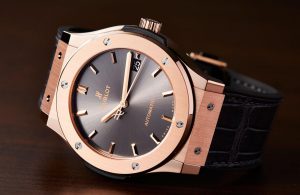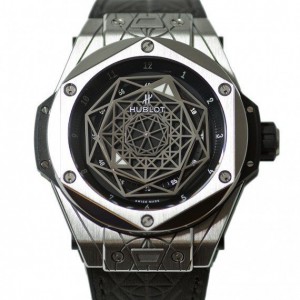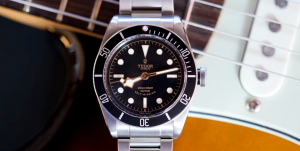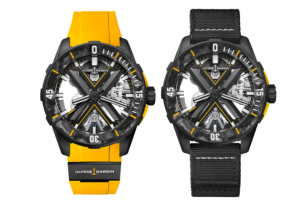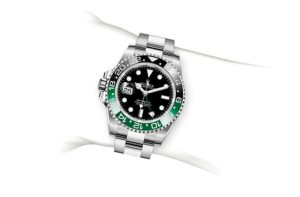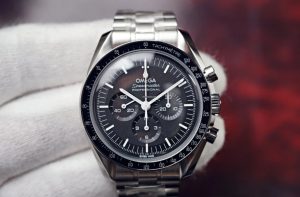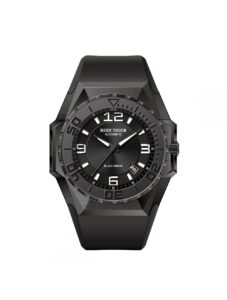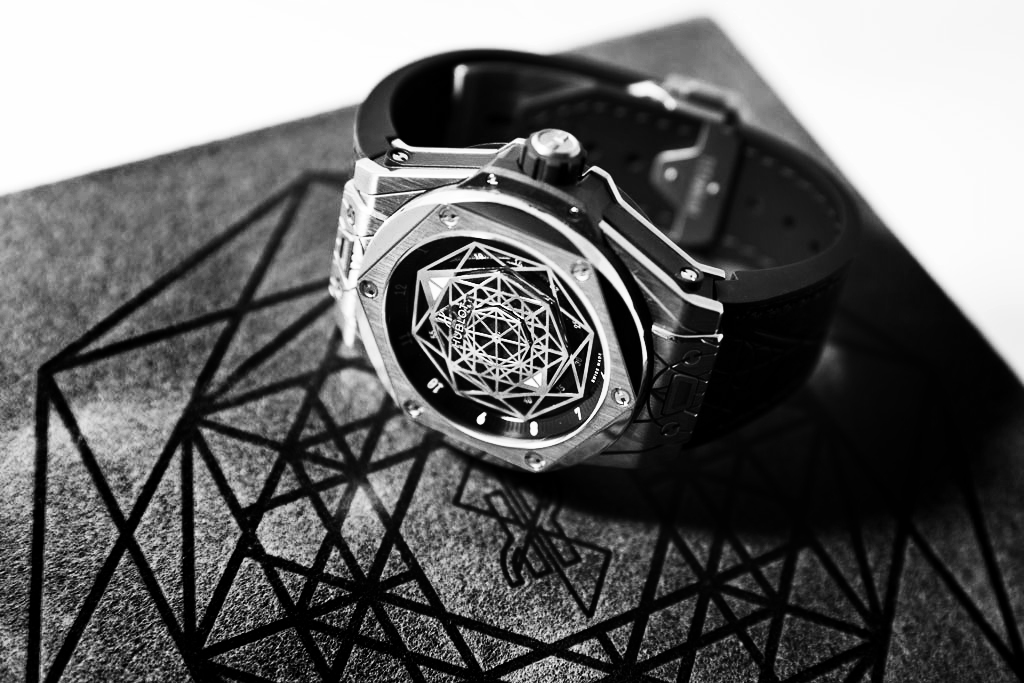
The Huguenots were French Protestants that were deeply affected by the writings of John Calvin, to adopt the reformed traditions he espoused. They were harassed, imprisoned and killed throughout two centuries, beginning in the early 1600 and culminating in Louis XIV’s Edict of Fontainebleau, which forbade the practice of the Protestant religion and resulted in a mass exodus of over half a million Huguenots, who then established their own churches, community and practices in the French-speaking region of Switzerland. Because they were not allowed to create figurative depictions of religious iconography, because their extraordinary artistic voices were in some ways muted, they sublimated their creativity into two fields. The first was watchmaking, where men would labor with extraordinary finesse and relentlessness to create exquisite time-telling microcosms, and the second was typography, where they would pour all of their inboard artistry, all their inchoate voices, into the sacred geometry of font.
Amazingly, 200 years later and 16 years into the new millennium, the disciplines of typography and watchmaking would be reunited in one extraordinary timepiece born out of the collaboration by Swiss watch brand Hublot and renowned Swiss tattoo artist Maxime Büchi. That this collaboration occurred and that the watch that results from this partnership is extraordinary, has everything to do with the iconoclasm of both Hublot and Büchi. Hublot was reborn in 2005 as the first Swiss wristwatch to become a canvas for the contemporary world, and a lightning rod for all the modern world’s aesthetic preoccupations, which has resulted in a brand that Hublot’s CEO Ricardo Guadalupe likes to say, “can go anywhere”. It has forged partnerships with soccer legend Pelé, was the official brand of the World Cup, has created a watch in collaboration with Depeche Mode, as well as another one with style icon Lapo Elkann, all with the simple goal of increasing the relevance of the Hublot Swiss mechanical wristwatch in a world that is otherwise rapidly losing interest in it. And because of this, it has increased in importance and claimed greater market share at a time when the majority of Swiss watchmaking houses are coming to the realization that they make a product that is in danger of being irrelevant to the modern consumer.
It dawned on Guadalupe when he was sitting by a swimming pool in Los Angeles, or at a beach in the South of France, that in many communities there were more tattooed people than people without tattoos. At the same time, a new wave of fine-art-trained tattoo artists had completely changed the perception of tattooing. Today it is considered one of the highest decorative-art forms and also one of the world’s most popular and relevant art forms. Conversely, ask any young person if they might be interested in a retrospective on Russian Suprematism or an exposition on themes in “sacred geometry” and the majority of them might beat a hasty retreat. Yet, at the same time, ask them if they’re interested in tattoos or in artists like Maxime Büchi, who are deeply influenced by art, culture and mathematics, and they’ll invariably say yes.
Says Guadalupe, “On the subject of new universes, we recognized that tattooing was one of these. Tattoos are probably the most contemporary, most trendy and most communicated art forms today, and if we were to collaborate with one of the world’s bests, like Maxime Büchi, it could connect us to a world of tattoo aficionados who might not be aware of us. At the same time, the objective of the collaboration was to also show a different side of tattooing, to show the artistic, intellectual and creative process behind this art form. So we knew immediately if we were going to make a tattoo-inspired watch, it had to be one that was like nothing anyone had ever seen before.”
And the new Big Bang created in collaboration with Büchi is just that — a watch that celebrates the art of horology and tattooing in a way that is totally, beautifully and unexpectedly integrated. Says Büchi, “We immediately agreed we were not going to do something as facile as putting a skull or a tattoo motif on the strap and the dial. Instead we wanted to explore integrating the tattoo motif into the time-telling indicators and, in so doing, re-interpret the way of expressing time. So what we did was create a system of discs: the smallest in the center to show the passing of the seconds, the next one to show the minutes and the outermost to show the hours. Then I created a linear design based on what is called ‘sacred geometry’, which involves geometric shapes and patterns that are inspired by artistic motifs we might see in religious art or architecture. Because I’m Swiss, I know the history of Protestantism and because they were not allowed paintings in their churches, they focused a lot of their creative energy on the typography in their texts. I would look at this typography or examine the patterns in the rose windows to gain inspiration for the motifs I use in tattooing.” It should be mentioned that Büchi also gained renown as a graphic artist by publishing a magazine named Sang Bleu. Previous to this magazine, having to do with tattoos were invariably garish populist tomes and Büchi became the first to truly elevate the world of tattoos by connecting all forms of fascinating artistic culture in his beautifully designed magazine.
The resulting designs were then used to create the three overlapping skeletonized discs that act as time indicators. But not content to merely alter the way that time is indicated on the dial of their new watch, Hublot allowed Büchi to take it a step further and alter one of its most iconic elements: its bezel. Guadalupe explains, “The Big Bang is defined by curves, but if you look at Büchi’s graphic designs and tattoos, they are defined by straight lines. So what he did was redesign the signature Hublot bezel to be faceted. At the same time, he engraved a motif over the case of the watch.” Says Büchi, “Every part of the design is inspired by the Big Bang’s shape. Interestingly, I got to the trapezoid-shaped pushers that are for the strap’s quick release and realized the pattern I was creating perfectly echoed the shape of this element so that it integrates into it organically. One other thing that was important when designing this watch was understanding how it would look on the wrist. I specialize in understanding the best placement of a specific design on a specific part of the body. So I was extremely careful to ensure that this is a design that looks particularly beautiful on the wrist. What’s amazing was that each time I asked Hublot if we could go a step further, instead of saying ‘no’, they encouraged me.”
When asked if it is part of the strategy to use motifs like camouflage or tattooing to reach the younger audience — I give him the example of my 22-year-old assistant looking at the Italia Independent watch and having an epiphany, in that for the first time, she truly connected with a luxury watch — Guadalupe nods. He explains, “What is incredibly important is that we connect not just with the customer of today but also the customer of tomorrow. We are thrilled when young people who may not be in a position to buy our watches today come into the store or respond to our 1.1-million-follower-strong Instagram page. (Hublot was the first Swiss luxury-watch brand with an Instagram page and is still the most avidly followed, growing its followers from 300K to 1.1 million, totally organically, in one year) Because we’ve just made a connection with the customer of tomorrow and there is nothing more important than that to ensure not just our future viability, but the viability of this industry as a whole.”
And finally, how does Büchi seeing the unveiling of his watch in the flesh? He replies, “I am beyond touched — I am overwhelmed. When I was young, I always wanted a particular type of skateboard because that brand meant something to me. As I got older, I became a watch collector and it was always specific brands that made an impression on me. Some classic, some modern, but always the ones I found most authentic. I am lucky enough to have enough success that I don’t have to do these collaborations [for financial reasons], so when I enter into a partnership, it’s purely because I like the people I’m working with and I respect what they do. This entire process has been amazing because of the kindness and creative flexibility and ambitiousness of Hublot. They supported me every step of the way and to see this watch now… a model made by one of my favorite brands but re-imagined by me, it is seriously a dream come true.”
